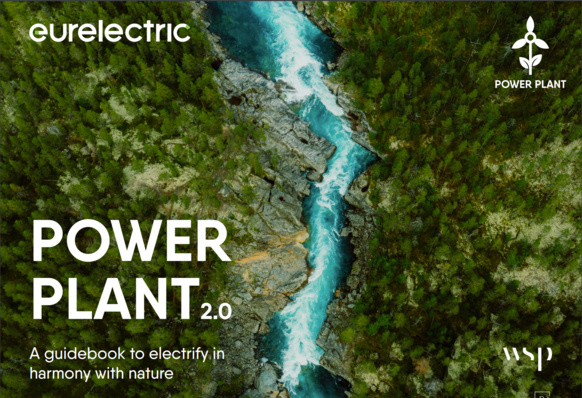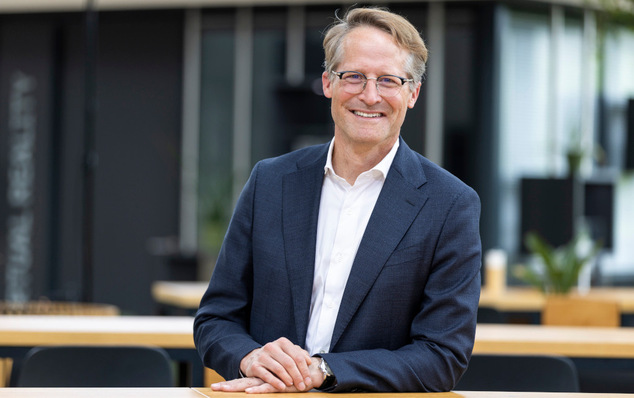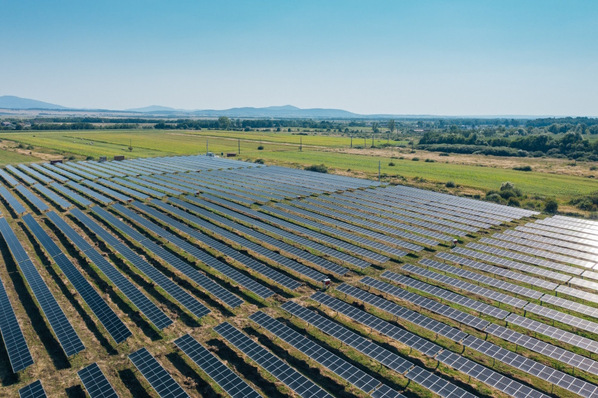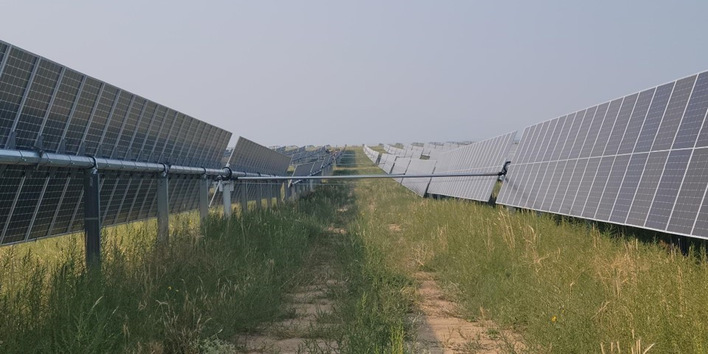In addition to saving CO2, the newly commissioned solar park near Fjerritslev in Denmark is surrounded by plants and wildflowers that blend in with nature and promote biodiversity. This also minimizes the impact on the landscape.
"Solar energy is playing an increasingly important role in our energy production. That is why we invest in solar parks in collaboration with developers such as GreenGo Energy, who are able to realize projects from the idea to the final commissioning, taking into account the needs of local residents as well as those of nature, the environment and biodiversity," says project manager Bo Fisker Pedersen from Hofor.
Grazing sheeps – vegetation belt
The vegetation belts around the park will not only help to increase biodiversity, but will also limit the direct view of the solar installation. In addition, the areas under and between the panels will be grazed by sheep. Compared to the agriculture previously practiced there, the use of the land for solar energy will now simultaneously generate green electricity, improve biodiversity, reduce CO2 emissions and improve groundwater quality. The latter by avoiding the use of pesticides and fertilizers.
Did you miss that? Denmark: 34 MW solar park supports biodiversity
GreenGo Energy developed the 29 MW solar park in close cooperation with Hofor and supervised the installation and commissioning. The solar park now has an expected annual production of 36 GWh, which is enough to supply 9,000 households with green electricity and thus reduce CO2 emissions.
Trackers and bifacial solar modules
"The collaboration has been very successful and as a project developer we value long-term partnerships based on the opportunities and challenges of the green transition," says Karsten Nielsen, CEO of GreenGo Energy.
Also intersting: Yield results show advantages of dual use of PV in agriculture
The park in Fjerritslev was built with trackers and bifacial modules, including a sensor system that optimizes the function of the trackers in diffuse irradiation and cloudy conditions, thus increasing the energy yield. Construction work began in 2022 and the park was fully operational in the summer of 2023. (hcn)








